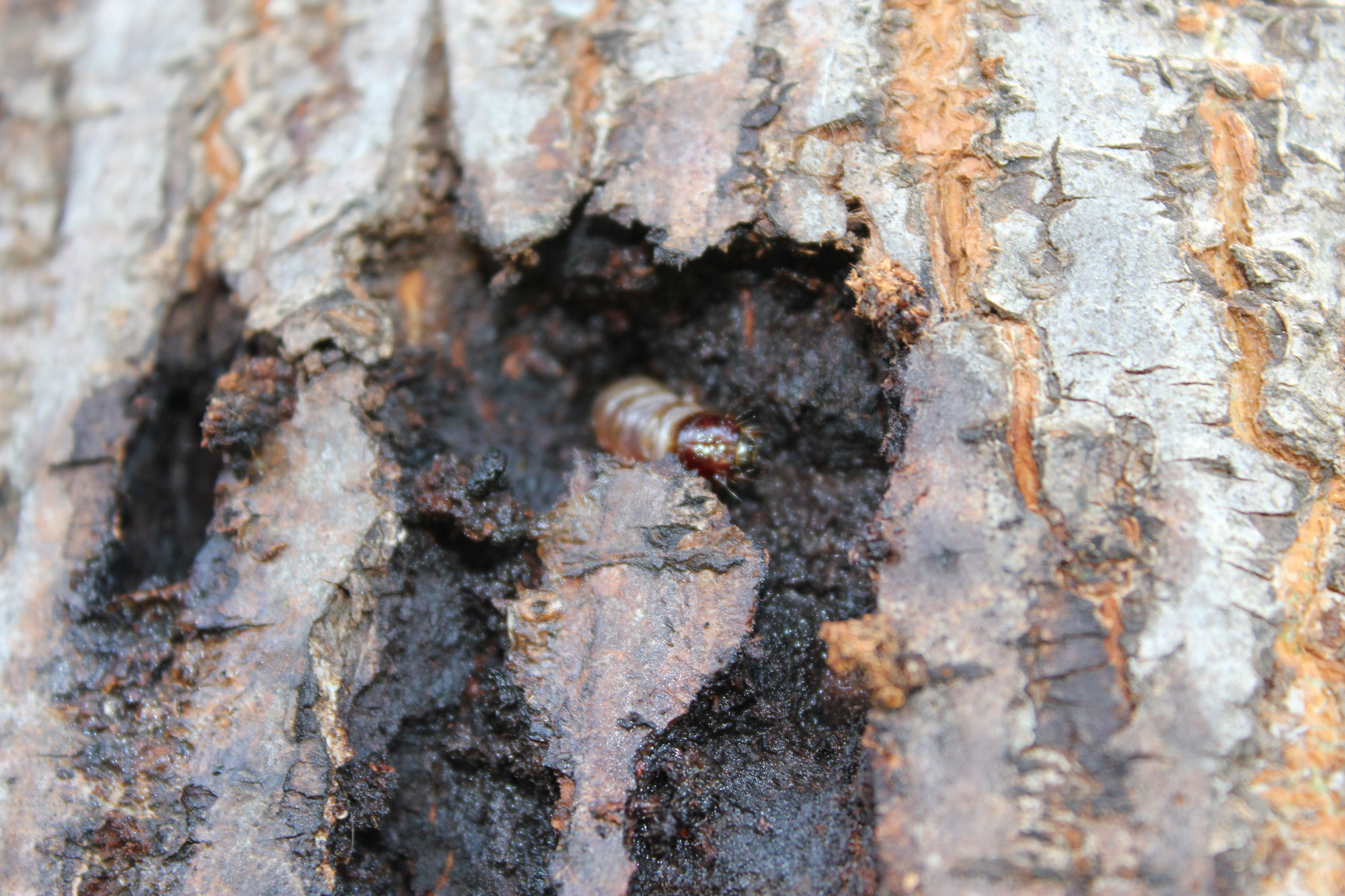Tree Pests and Diseases
Unfortunately as trees deteriorate, the signs associated with the deterioration of the trees health often go either undetected or are construed as being associated to the current weather conditions. People need to be vigilant in assessing their trees on a regular basis to ensure that if the health of a tree is at risk that we are consulted in the early stages to rectify the problem. If the health of a tree has been deteriorating over a lengthy period of time then the remedial works required may take several months to years to ensure that the problem is rectified, whereas if we are consulted in the early stages of a particular problem then the remedial works required may be significantly less, resulting in reduced financial costs. Therefore if clients remain vigilant and assess their trees regularly they will become adverse to the changing conditions that may be negatively impacting on the health of their tree/s and will ideally reduce the risk of losing their trees.
The visible signs to monitor include:
The leaves: discoloration of leaves, premature leaf drop, canopy dieback, signs of leaf chewing or leaf sucking pest attack.
The branches: branch dieback, twig dieback, decay, cracking within branches particularly branch unions, evidence of borer holes and frass, storm damage including split branches.
The trunk and roots: excessive shedding of bark (depending on the species), decay, cracking, borer holes, lifting of roots, damage to the roots, visible uneven weight distribution or lean, storm damage.
If any of these visible symptoms are identified then please forward the details to us so that can ascertain the particular problem and the remedial works that will be required.
Any particular aspects of the regime that can be implemented by our clients will be identified and during the consultation with the client these works will be discussed to ensure that they have a thorough knowledge of the scope of works that they will need to do.
Certain aspects of a treatment regime may only be provided by a qualified arborist, these will also be discussed with the client to ensure that they are fully advised of the services required.
The health of a tree can be impaired by:
Climatic conditions including:
under and over watering
soil quality
surrounding landscape
fertilisers and other weed eradication products used
Pest attack including:
Elm Leaf Beetle
Christmas Beetle
Psyllid Lerp
Sycamore Lace Bug
White Fly
Diseases including:
fungal i.e. Amillaria Root Rot
canker i.e. Cypress Canker
wilt i.e. Oak Wilt
blight including fire blight for example
Other factors that influence the health of a tree include:
whether the species of tree is suitable to the climatic conditions,
the location is suitable for the size or requirements of the particular tree,
the species is suitable for a ‘stand alone’ tree or does it need to be grown as an understory tree,
the practices relating to the propagation of the seed and subsequent early stages of the growth of the tree including whether it was a ‘pot bound’ tree resulting in girdled and/or circled root growth,
Poor pruning practices previously administered to the tree resulting in epicormic growth, branch dieback, decay.




